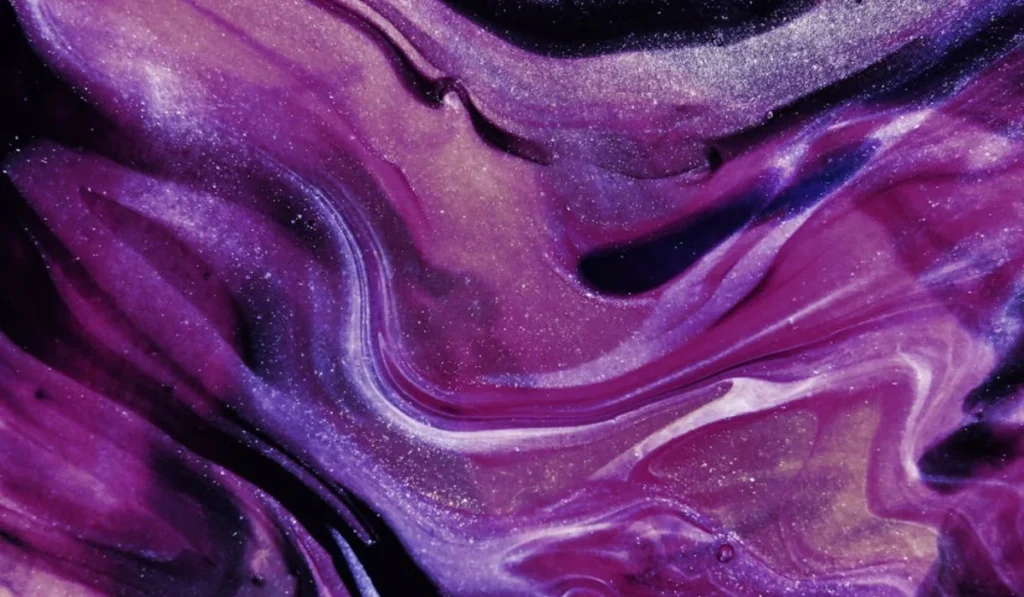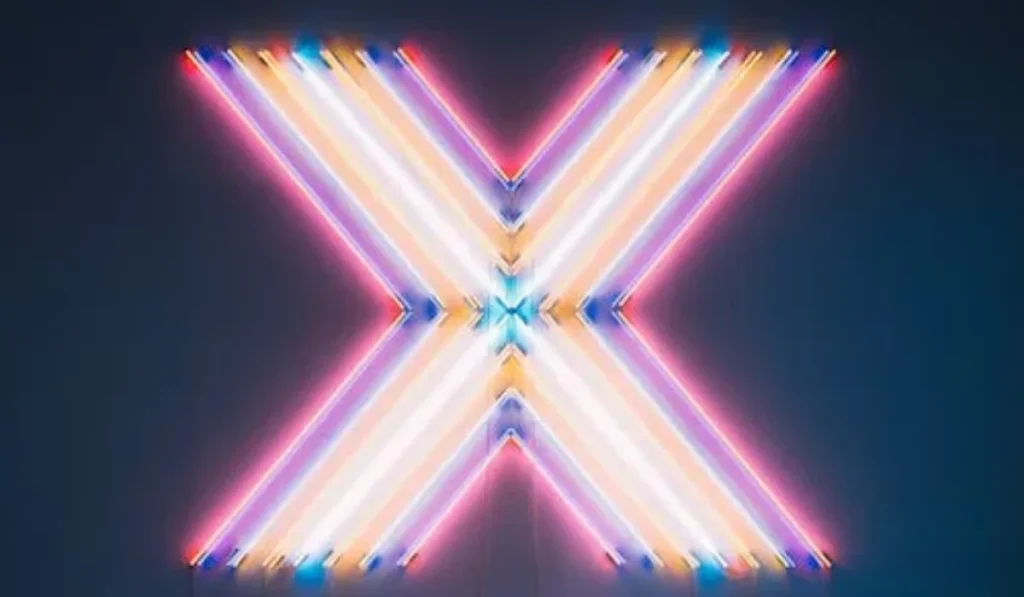Background images play a crucial role in the world of design, often serving as the canvas upon which creativity unfolds. They can evoke emotions, set moods, and enhance visual storytelling like nothing else. Imagine scrolling through a website or flipping through a brochure only to be captivated by an eye-catching backdrop that draws you in instantly. That’s the power of background images.
In today’s digital landscape, where first impressions matter more than ever, every detail counts. Choosing the perfect background image can elevate your designs from ordinary to extraordinary—making them memorable and impactful. Whether you’re designing for print or digital platforms, understanding how to select and implement these visuals is essential.
So let’s dive into this vibrant realm of background images! We’ll explore their importance, types available, tips on selection and customization techniques—all while ensuring you have access to valuable resources for downloading stunning backgrounds that will bring your vision to life.
The Importance of Background Images in Design
Background images are more than just decorative elements. They set the tone and mood for any design project, providing context that helps convey your message effectively.
A well-chosen background can captivate an audience’s attention instantly. It creates a visual anchor for your content, guiding viewers through their experience while reinforcing brand identity. This is especially true in digital formats where users skim quickly.
Moreover, these images can evoke emotions and tell stories without words. A serene landscape might inspire calmness, while a vibrant cityscape could energize the viewer. The right backdrop enhances engagement by creating a compelling atmosphere around your core message.
In addition to aesthetics, consider functionality as well. Backgrounds should support readability rather than detract from it—ensuring text stands out clearly against complex imagery or patterns is vital for effective communication.
Download Background Images
Some Background Images






Types of Background Images
Background images come in various styles, each serving a unique purpose. Solid colors provide a clean slate, allowing other design elements to shine. They create a sense of unity and simplicity.
Patterns add texture without overwhelming the viewer. From subtle stripes to intricate designs, they can enhance visual interest while maintaining focus on the main content.
Photographic backgrounds bring life and realism to your projects. A stunning landscape or an urban scene can evoke emotions and tell stories.
Illustrative backgrounds offer creativity and uniqueness. Hand-drawn illustrations can set a whimsical tone that resonates with specific audiences.
Gradients blend colors seamlessly, providing depth and dimension. They create smooth transitions that captivate viewers without distracting from key messages.
Each type has its strengths; choosing wisely is essential for effective design.
Read More: Boston Celtics vs Philadelphia 76ers Match Player Stats
How to Choose the Right Background Image for Your Design
Choosing the right background image can make or break your design. Start by considering your message. What emotions do you want to convey? A serene landscape might evoke calmness, while a bustling city scene could suggest energy.
Next, think about color schemes. Your background should complement rather than clash with other elements. Use tools like color palette generators to find harmony between colors.
Also, consider the focal point of your design. The background shouldn’t overshadow the main content but serve as an enhancement. Look for images with negative space that helps highlight key messages.
Always keep your audience in mind. Different demographics resonate with various styles and themes. Tailor your choice to what will engage them most effectively and authentically.
Creative Ways to Use Background Images
Background images can elevate your design in unexpected ways. Think beyond the typical uses and explore layering techniques. Combine multiple images to create depth and intrigue.
Another approach is to use a background image as a storytelling element. Choose visuals that resonate with your message, adding context without overwhelming the content.
Consider transparency for subtlety. A lightly faded background allows text to shine while still providing visual interest.
You can also animate background images for dynamic experiences. Subtle movements catch attention without distracting from the main focus.
Don’t forget about interactive backgrounds either. Parallax scrolling effects invite users to engage more deeply with your design, creating an immersive experience.
Explore unconventional placements too—integrate backgrounds into shapes or frames rather than confining them to rectangles. The possibilities are endless when you think outside traditional boundaries.
Also Read: Lakers vs Milwaukee Bucks Match Player Stats
Tools and Resources for Downloading Background Images
When searching for stunning background images, a variety of tools and resources can enhance your design projects. Websites like Unsplash and Pexels offer high-quality images that are free to use, providing countless options across different categories.
For designers looking for something specific, Adobe Stock is an excellent choice. It boasts a vast library of professional-grade backgrounds available through subscription or one-time purchases.
Don’t overlook Canva either. This user-friendly platform not only offers customizable templates but also grants access to a broad selection of background images tailored for various needs.
If you prefer to explore unique artistic styles, platforms like Creative Market feature work from independent creators. Here, you can find exclusive designs while supporting artists directly.
Remember image search engines such as Pixabay and Shutterstock provide extensive collections too. Each resource has its own strengths; experimenting with them will help you discover amazing visuals for your projects.
Tips for Customizing and Editing Background Images
Customizing and editing background images can elevate your design to the next level. Start by adjusting brightness and contrast. This simple tweak can make colors pop or create a mood that fits your project.
Consider cropping for focus. A well-placed crop can draw attention to key elements in your design, making it more engaging.
Don’t shy away from filters. Applying different effects can give a unique flair to an image, transforming ordinary backgrounds into something extraordinary.
Overlay textures or patterns for added depth. This technique creates visual interest without overpowering other components of your design.
Play with opacity levels. A subtle adjustment here allows underlying text or graphics to shine through while maintaining the integrity of the background image.
Copyright Considerations for Using Background Images in Designs
Using background images in your designs comes with significant copyright considerations. It’s essential to understand that not all images are free for use. Many come with restrictions, and using them without proper authorization can lead to legal issues.
Always check the licensing terms of any image you plan to incorporate into your work. Public domain images or those under Creative Commons licenses often allow for more flexibility, but conditions may still apply.
If you’re unsure about an image’s status, it’s best to opt for resources that provide clear guidelines on usage rights. Stock photo websites typically offer curated collections where licensing is straightforward.
When in doubt, consider creating your own backgrounds or hiring a designer. This way, you maintain full control over the creative process while ensuring compliance with copyright laws.
Conclusion
Choosing the right background image can elevate your design from ordinary to extraordinary. By understanding its importance, exploring various types, and utilizing creative techniques, you can create a visually appealing experience for your audience.
With the wealth of tools available for downloading high-quality images, along with customization options at your fingertips, enhancing your designs has never been easier. Remember to keep copyright considerations in mind when selecting images to ensure you’re respecting creators’ rights.
Embrace the power of background images in your projects and watch as they transform not just visuals but also user engagement. Happy designing.
FAQs
1. What is the importance of background images in design?
Background images serve as the canvas for creativity in design, setting the tone and mood for a project and enhancing visual storytelling. They can also evoke emotions, create a sense of unity, and reinforce brand identity.
2. What are the different types of background images?
There are various types of background images, including solid colors, patterns, photographic backgrounds, illustrative backgrounds, and gradients. Each type has its strengths and serves a unique purpose in design.
3. How do you choose the right background image for your design?
Consider your message, color schemes, focal point, and target audience when choosing a background image for your design. It should complement other elements while enhancing engagement.
4. What are some creative ways to use background images in design?
Some creative ways to use background images include layering techniques, using them as storytelling elements or interactive features, animating them for dynamic experiences, and exploring unconventional placements.
5. Where can I download high-quality background images for my designs?
There are many resources available for downloading high-quality background images such as Unsplash, Pexels, Adobe Stock, Canva, Creative Market, Pixabay, and Shutterstock. It’s important to check licensing terms before
